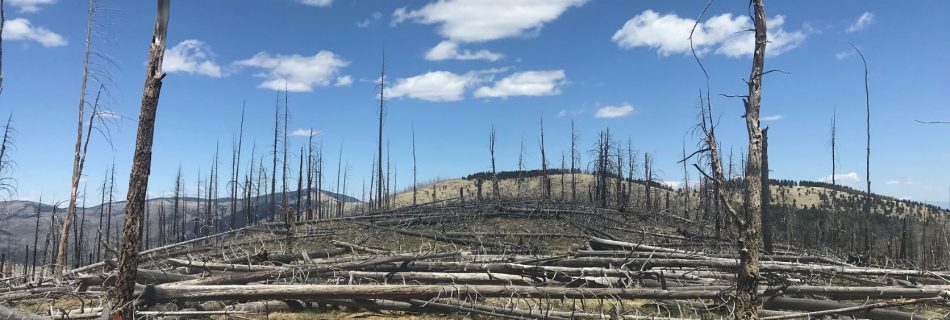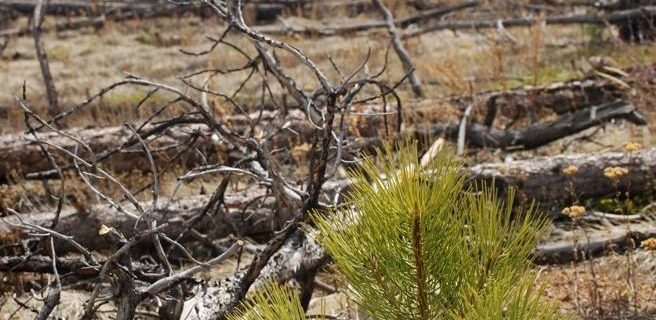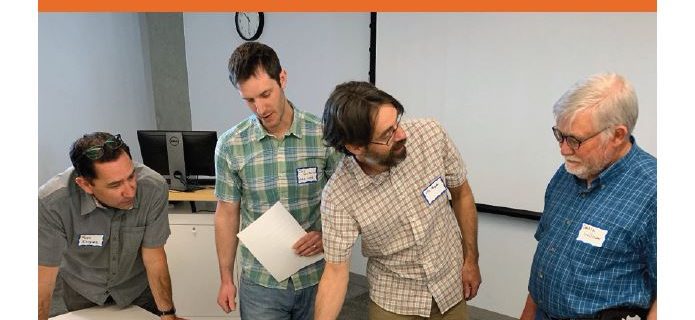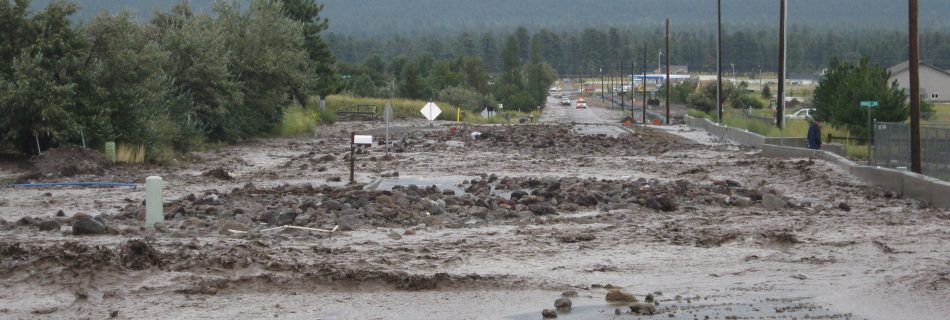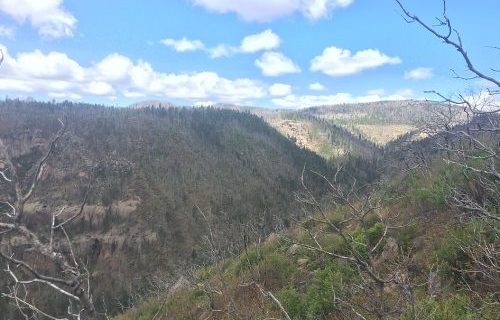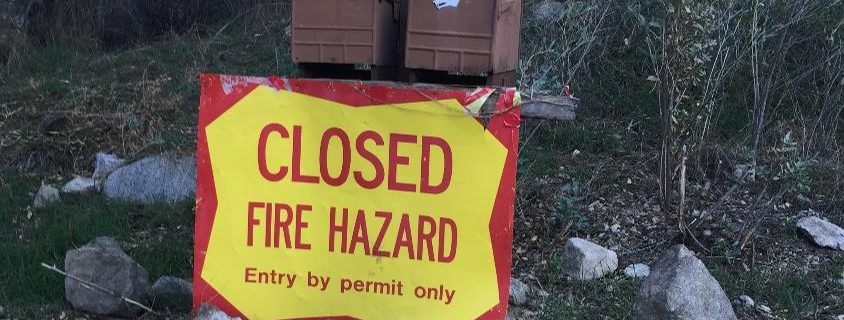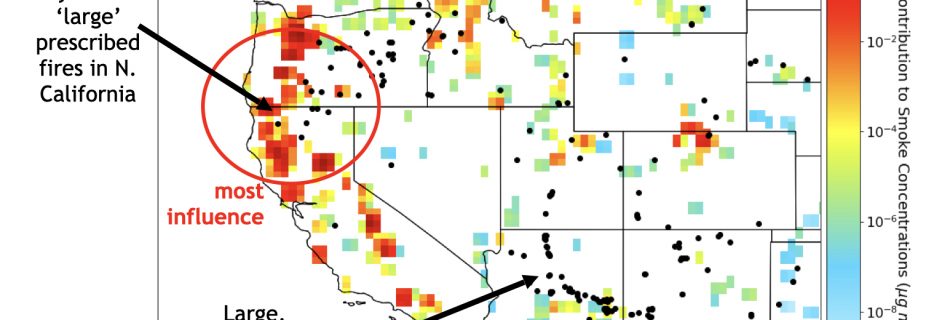Postfire Management in Frequent-Fire Conifer Forests
Presenter: Dr. Jens T. Stevens, National Program Lead for the Wildland Fire and Fuels Research, USDA Forest ServiceDate: January 19, 2022 12pm Mountain Standard Time The increasing incidence of large wildfires with extensive stand-replacing effects across the southwestern United States is altering the contemporary forest management template within historically frequent-fire conifer forests. While management of …
Read more “Postfire Management in Frequent-Fire Conifer Forests”

